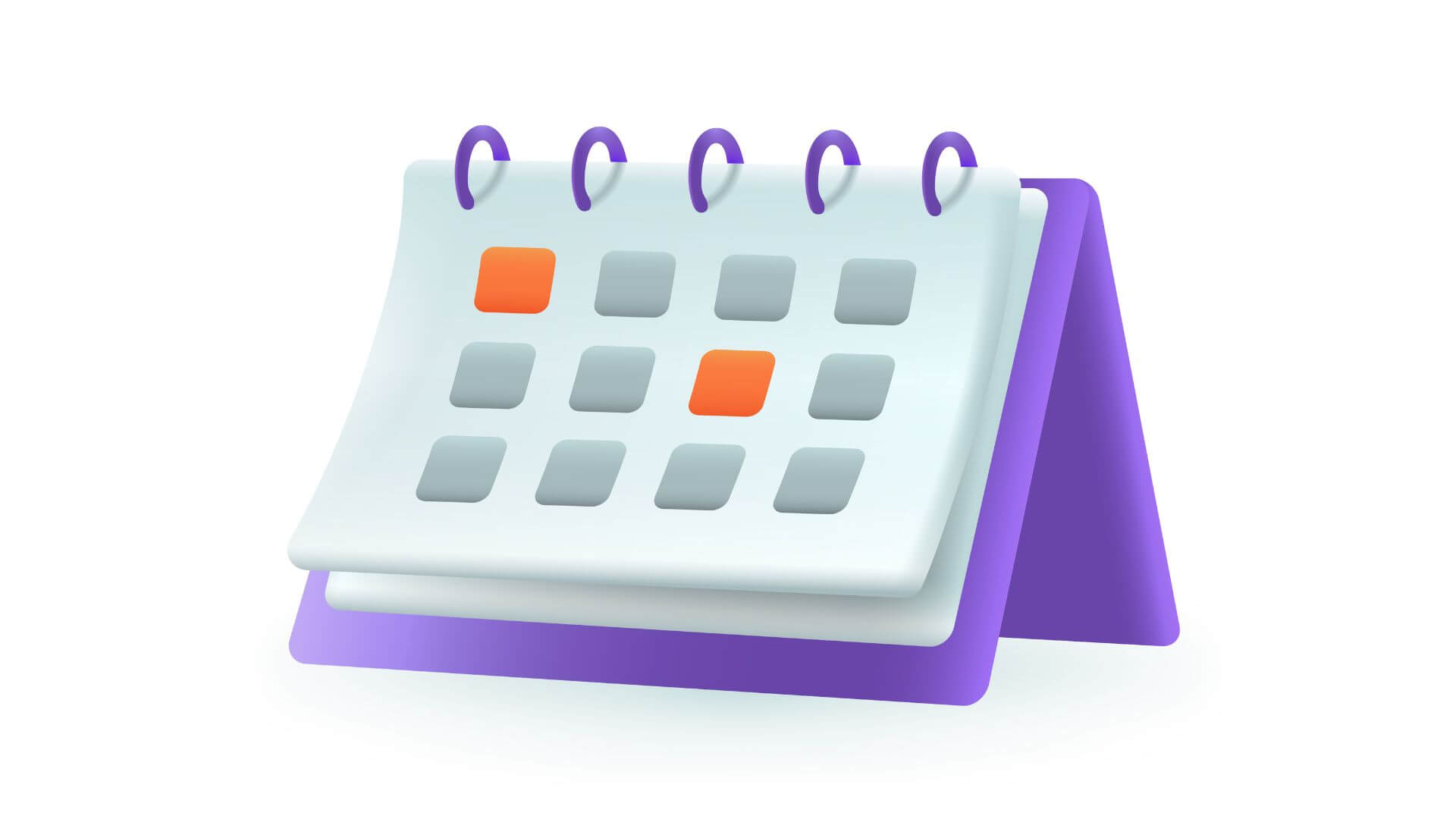
Pros and Cons of Daily vs. Weekly Trading Limits
Prop trading firms impose trading limits to ensure risk management and protect their capital. These limits often come in two forms: daily trading limits and weekly trading limits. Both structures impact how traders approach risk, position sizing, and overall strategy.
Before diving into the pros and cons of each, it’s helpful to understand these concepts in depth:
- Daily trading limits restrict the maximum loss or gain a trader can experience in a single trading day. Read more on Investopedia.
- Weekly trading limits operate on a broader timeframe, affecting cumulative losses or gains over the course of a week. Learn about weekly charting and trading perspectives.
Pros and Cons of Daily Trading Limits
Pros of Daily Trading Limits:
- Encourages Discipline: Daily limits force traders to follow strict risk management rules, reducing the likelihood of excessive losses.
- Prevents Account Blowouts: Traders can only lose a fixed amount per day, allowing them to reset and adjust strategies.
- Reduces Emotional Trading: With a fixed loss cap, traders are less likely to engage in revenge trading after a losing streak.
Cons of Daily Trading Limits:
- Limits Recovery Opportunities: If a trader hits their limit early, they may miss potential profit opportunities later in the session.
- Encourages Overtrading: Some traders may rush to hit profit targets before reaching their daily max loss, leading to unnecessary trades.
- Short-Term Market Noise: Markets often have unpredictable intraday movements that can trigger stop-outs, even when a trade setup is valid.
For a deeper understanding of market fluctuations and risk control, check out this technical analysis guide.
Pros and Cons of Weekly Trading Limits
Pros of Weekly Trading Limits:
- More Flexibility: Traders can manage risk across multiple days instead of being forced to close trades daily.
- Allows for Market Fluctuations: A longer time horizon gives traders the ability to ride out short-term volatility.
- Encourages Strategic Planning: Traders can assess performance over a full week rather than making snap decisions based on daily movements.
Cons of Weekly Trading Limits:
- Higher Risk Exposure: If a trader doesn’t manage risk properly, they could accumulate significant losses over the week.
- Less Immediate Loss Control: Unlike daily limits, weekly limits do not prevent traders from having multiple bad days in a row.
- Requires Stronger Self-Discipline: Traders need to monitor their performance closely to avoid exceeding weekly drawdown thresholds.
Which Trading Limit is Better for Prop Challenges?
The choice between daily and weekly trading limits depends on a trader’s strategy and risk tolerance:
- Short-term traders (scalpers, day traders) may benefit from daily limits to prevent excessive losses in volatile markets.
- Swing traders and position traders might prefer weekly limits, allowing them to hold trades longer without immediate restrictions.
Final Thoughts
Both daily and weekly trading limits serve a purpose in prop trading challenges. While daily limits help control short-term risk, weekly limits offer flexibility for longer-term strategies. Traders should choose a structure that aligns with their trading style and risk management approach to maximize their success in prop firm challenges.
